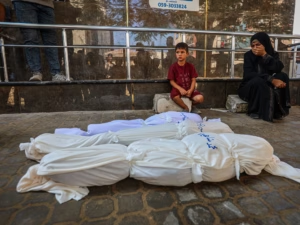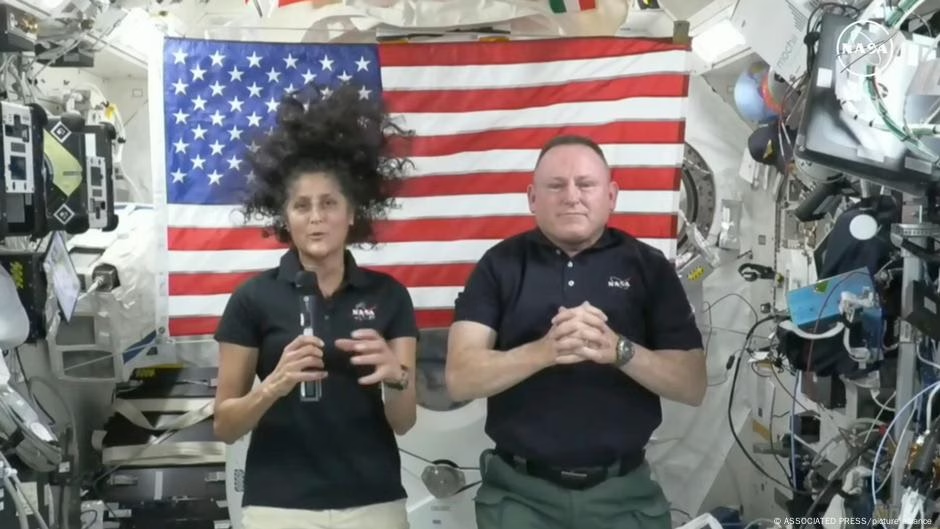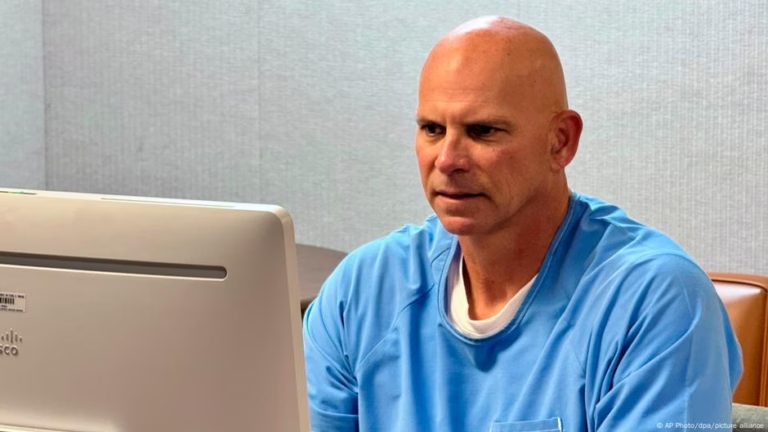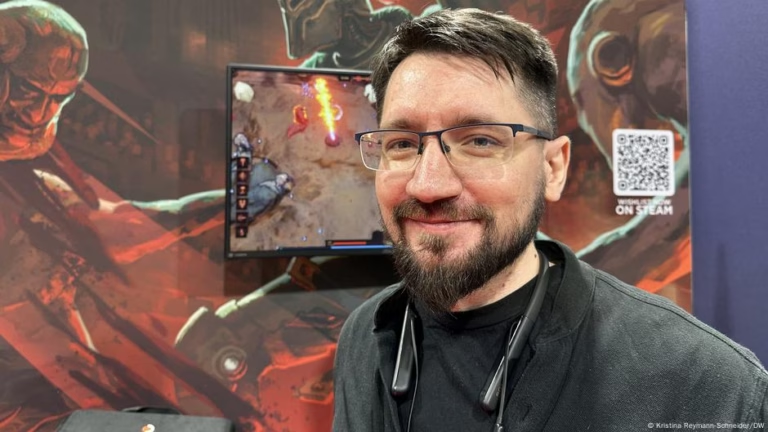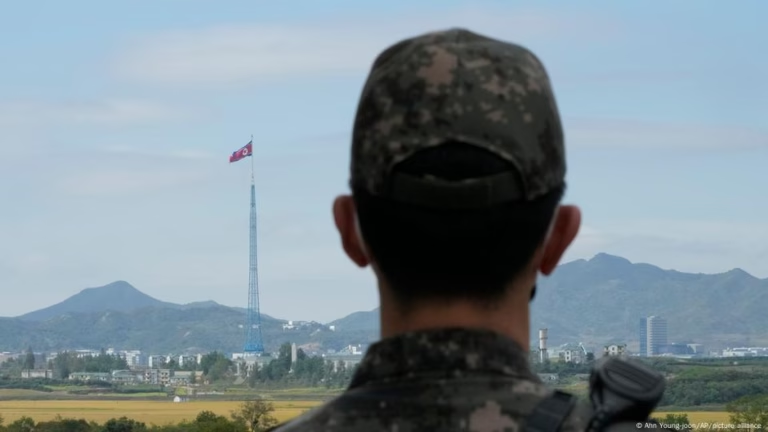Investigations into potential health hazards associated with space travel received significant attention concerning NASA astronauts Barry “Butch” Wilmore and Sunita “Suni” Williams. Following an unexpected expansion of their stay to nine months aboard the International Space Station (ISS), projected for a return in March 2025, their bodies have had to adapt to the challenges posed by radiation and microgravity.
Despite both radiation and microgravity affecting astronauts in similar ways—initial reactions include discomfort and facial swelling—the extended duration of Williams and Wilmore’s mission raised questions about the amplified impact of these factors on their health.
Key points to note about their predicament include:
- Williams and Wilmore became stranded at the ISS in June 2024 due to technical issues with their Boeing Starliner spacecraft, excluding the possibility of a safe return aboard the same vessel.
- Being experienced astronauts, with extensive prior space station dwell time, both individuals received worst-case-scenario training, particularly since their mission was part of the Starliner launch, a test mission in nature.
Human beings naturally are not suited for space environments, necessitating specialized training and comprehensive health monitoring both before and after space travel.
Selected astronauts are expected to be proficient in their missions and to adeptly manage complex and changing situations. The initial crewed flight of Boeing’s Starliner to the ISS, which Wilmore and Williams flew as test pilots, turned into an extended mission due to propulsion issues. Following this, they joined the SpaceX Crew 9.
One of the chief concerns in space travel is exposure to space radiation. While space agencies, like Germany’s DLR with its :envihab lab, conduct extensive research to understand the effects of space on the human body, evidence from the ‘TWINS study’ has highlighted radiation exposure as a significant limiting factor for space missions, potentially impacting DNA integrity and increasing cancer risks.
Microgravity poses other risks, including bone and muscle loss, higher possibilities of kidney stones, and neuro-ocular syndrome affecting vision. Astronauts returning from space, like Wilmore and Williams, undergo detailed health monitoring to address these issues.
Life on the ISS is maintained with considerations for these hazards, ensuring continuous access to food, water, oxygen, and facilities for physical and psychological well-being. Despite the space health risks, the prolonged encounter could be viewed as an adventure by astronauts, who dedicate their lives to the possibility of being in space. Regular health monitoring for both Williams and Wilmore upon their return is essential to mitigate the effects of their extended space sojourn.
Notably, space agencies observe specific limits on radiation exposure for astronauts throughout their careers, with ongoing efforts to develop protective measures against these risks for long-duration stays in space, such as on the moon or Mars. Integrating the stranded astronauts into the ISS’s ongoing projects also plays a crucial part in maintaining their psychological health amidst their extended mission. Despite the challenges, both astronauts, seasoned in space operations, are well-equipped to face the demands of their unexpected longer journey in space.
Source: https://www.dw.com/en/stranded-astronauts-how-space-affects-the-body/a-69993144?maca=en-rss-en-all-1573-rdf


